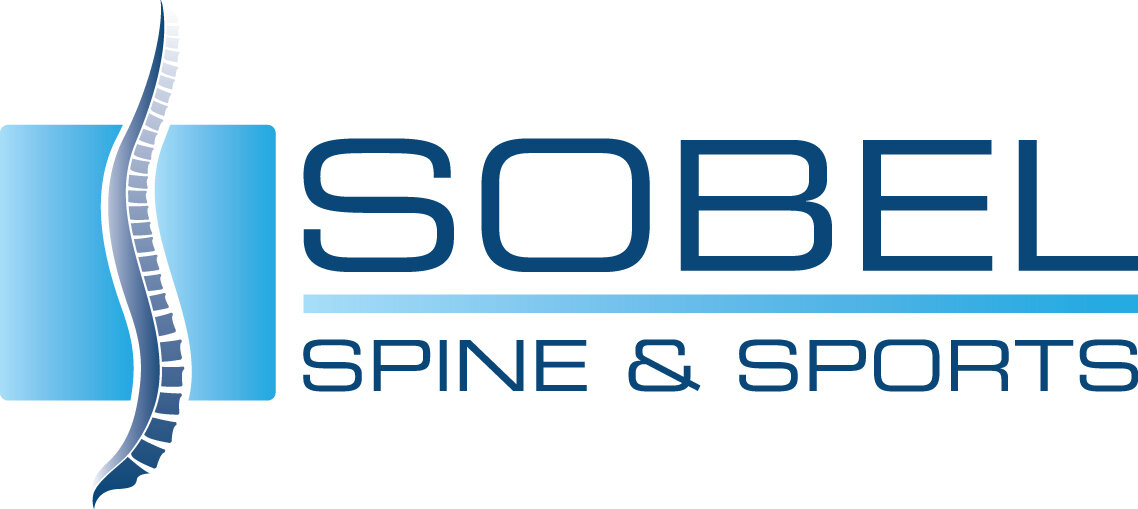Facet Joint Injections & Medial Branch Blocks for Pain
Understanding the Facet Joints
Facet joints are small joints at the back of your spine that connect each vertebra. They allow for smooth motion while providing spinal stability. Over time, these joints can become irritated or arthritic, leading to chronic neck or back pain.
Common signs of facet joint pain include:
Pain that worsens with spinal extension or twisting
Localized pain in the neck or lower back
Referred pain into the shoulders or buttocks
Spinal anatomy showing the location of facet joints in the lumbar spine
When Are Facet Joint Procedures Recommended?
Facet joint procedures are typically recommended when conservative measures such as medications, physical therapy, or chiropractic care do not provide long-term relief.
These procedures help both diagnose and treat facet-related spinal pain.
1. Corticosteroid Facet Joint Injections
Facet injections deliver a mixture of corticosteroid and anesthetic medication directly into the inflamed facet joint.
Why it’s done:
Reduce joint inflammation
Relieve localized spinal pain
Determine if the joint is the true source of symptoms
What to expect:
Procedure done under fluoroscopy (X-ray guidance)
Performed using a thin needle
Results may take 2–5 days to appear
Pain relief can last from weeks to several months
2. Medial Branch Blocks
When facet injections offer temporary relief, medial branch blocks are the next diagnostic step.
These nerves (medial branch nerves) transmit pain signals from the facet joints to the brain.
Purpose:
Confirm that pain is facet-related
Predict success of future radiofrequency ablation
Details:
Local anesthetic is injected near the nerve
Relief is temporary (lasting a few hours)
If the patient experiences significant pain relief on two separate injections, they may be considered a candidate for ablation
3. Radiofrequency Ablation (RFA)
Radiofrequency ablation uses heat to disrupt the function of the medial branch nerves, stopping them from sending pain signals.
Benefits:
Pain relief can last 6–12 months
Minimally invasive and outpatient-based
May significantly reduce or eliminate the need for medications
What happens:
A special needle is used to deliver radiofrequency energy
Fluoroscopy ensures accurate placement
Local anesthetic and sedation may be used for comfort
-

Cervical Facet Joint Injection
-

Lumbar Facet Joint Injection
-

Radiofrequency Ablation Procedure
Risks and Side Effects
Facet joint procedures are considered low-risk and are performed under image guidance for safety. However, as with any procedure, risks exist.
Common risks include:
Mild soreness at the injection site
Temporary flare-up of symptoms
Bruising or localized swelling
Rare but potential risks:
Infection
Bleeding
Nerve injury
Allergic reaction to medications
How to Prepare for Your Procedure
Please inform Dr. Sobel if you:
- Have a bleeding disorder
- Are taking medications or supplements that affect blood clotting, such as:
- Aspirin
- Warfarin, clopidogrel, ticlopidine
- Heparin or enoxaparin
- NSAIDs (e.g., ibuprofen, naproxen, meloxicam, diclofenac, etc.)
Most NSAIDs should be stopped at least 3 days prior to your procedure. Other medications—especially blood thinners—should be discussed with your primary care physician or cardiologist to determine how and when to safely pause them.
Click here to see a sample list of medications that may need to be stopped before your procedure »
Please also inform us if you’ve had any of the following within the past 4 weeks:
- Hospitalization
- Fever or illness
- Antibiotic treatment
You should be healthy on the day of your procedure.
If You Have Diabetes
Monitor your blood sugar closely on the day of your procedure and for 2–3 weeks afterward if steroids are used, as they may cause temporary increases in glucose levels.
If You Will Be Sedated
If conscious sedation (twilight) is planned:
- Do not eat solid food for 4–6 hours before the procedure
- Do not drink liquids for 4 hours before the procedure
- Only small sips of water or clear liquids are allowed up to 2 hours prior if needed to take your medications
Detailed fasting and medication instructions will be provided at your appointment with Dr. Jerry Sobel.
Non-Surgical Pain Relief at Sobel Spine and Sports
At Sobel Spine and Sports, Dr. Jerry Sobel offers image-guided, minimally invasive treatments for facet joint pain using state-of-the-art equipment and precision techniques.
We prioritize conservative, evidence-based care tailored to each patient’s diagnosis and lifestyle goals.
Frequently Asked Questions
Call today to schedule and appointment
📞 Phone: 602-385-4160
📍 Location: Phoenix, AZ
🗓️ Take the next step toward relief:
Schedule your appointment with Dr. Jerry Sobel today »

